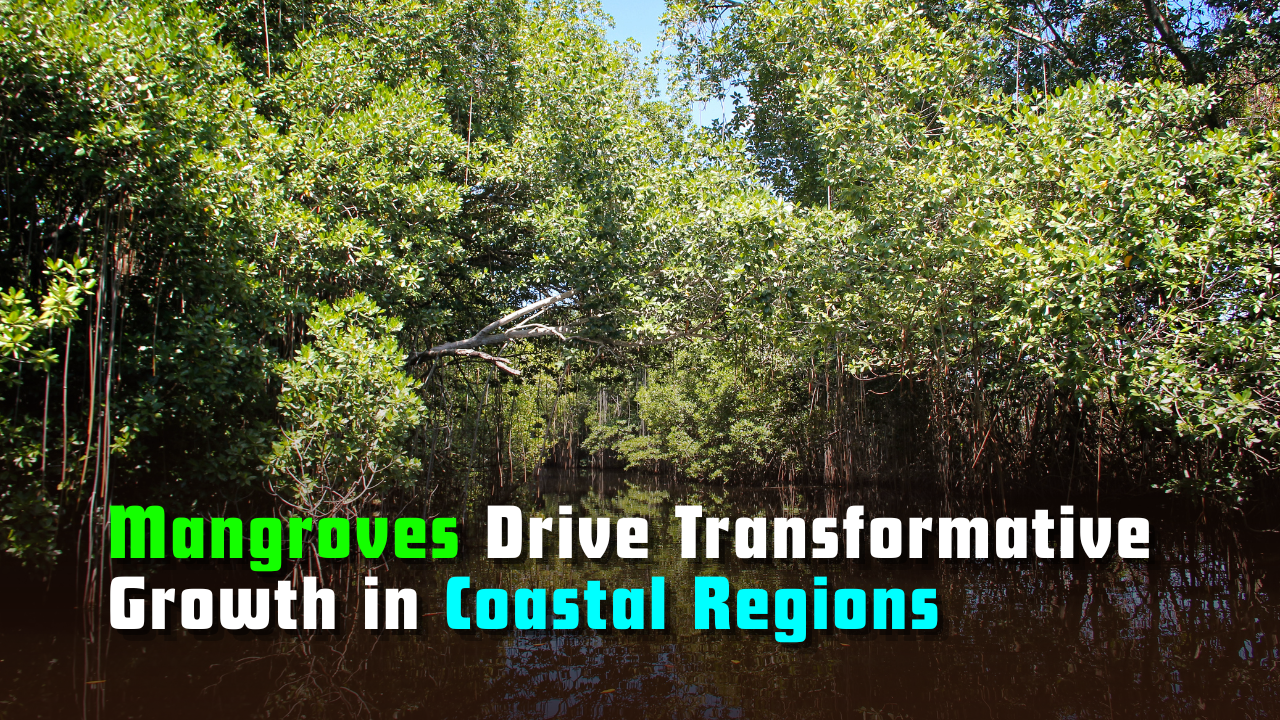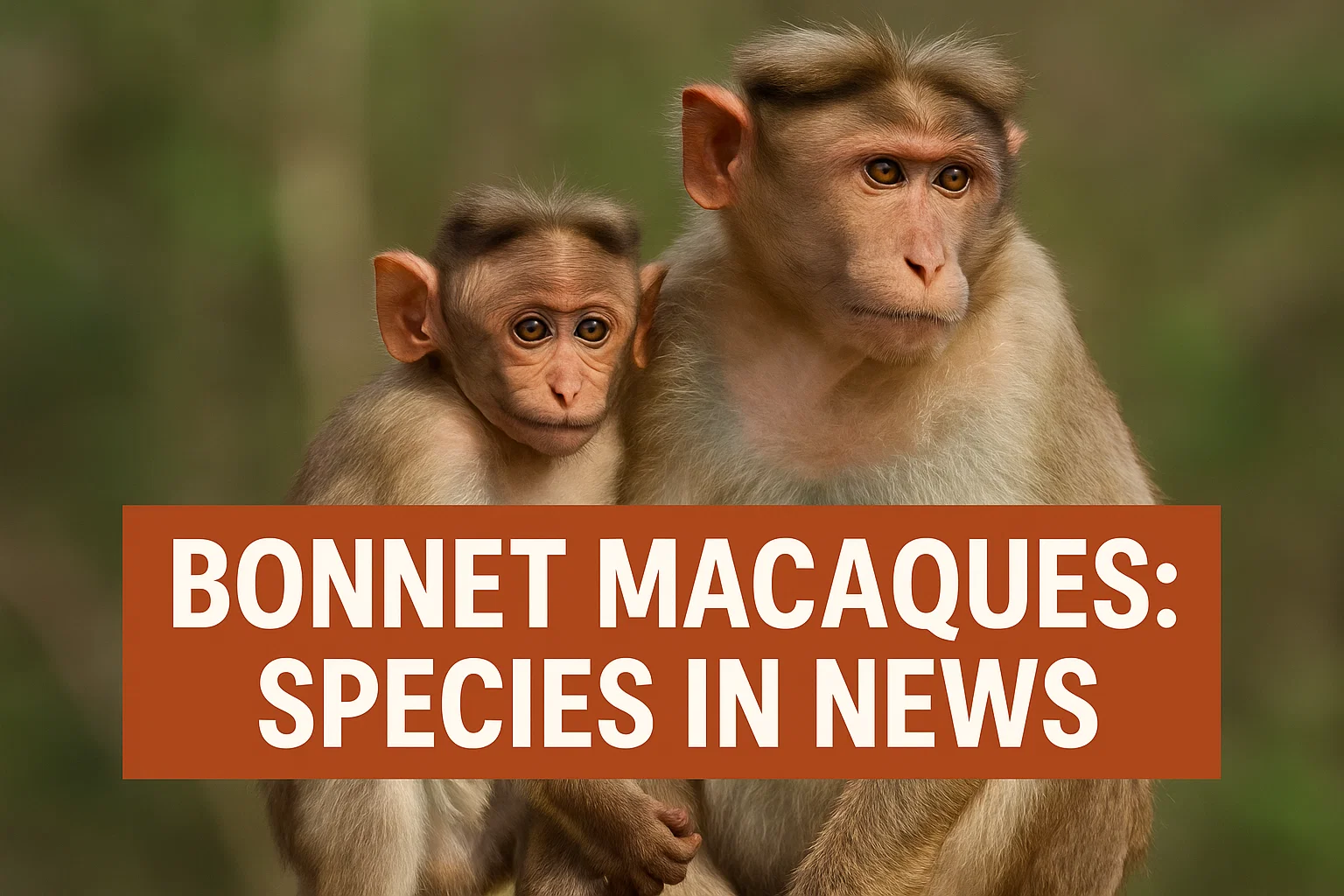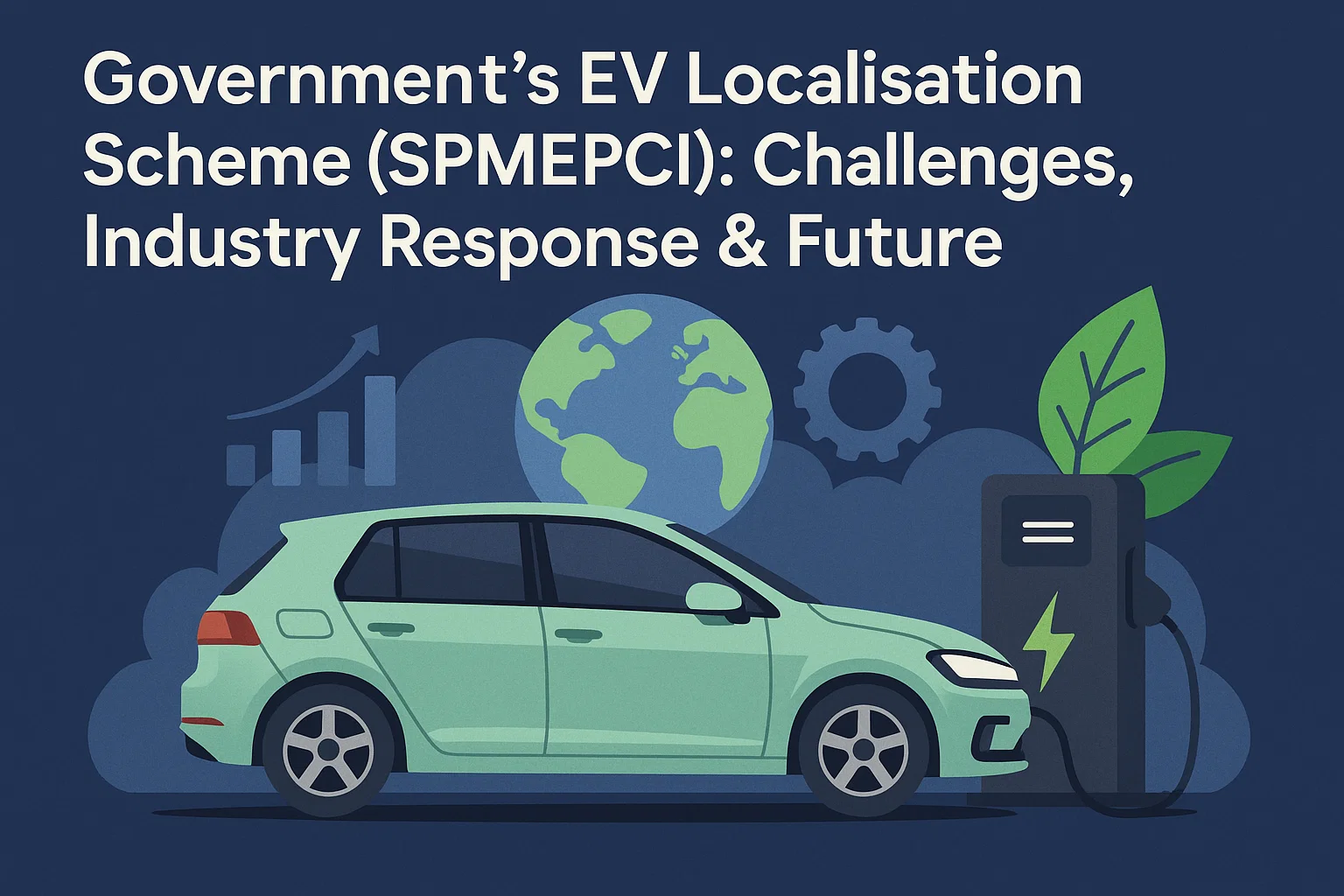Font size:
Print
Mangroves Drive Transformative Growth in Coastal Regions
Mangroves Fuel Sustainable Livelihoods and Business Innovation
Context: Despite their critical role in shielding coastlines, supporting fisheries, and providing valuable ecosystem services, mangroves have long been sidelined in policy and planning. Their degradation undermines natural infrastructure and weakens both climate and economic resilience.
Where are the current gaps in policy, and how can technology help in mangrove conservation and valuation?
- Policy Gaps:
- Mangroves are often treated as biodiversity zones rather than critical infrastructure in disaster mitigation and carbon storage.
Case Example: The Indian Space Research Organisation (ISRO) under its National Wetland Inventory and Assessment (NWIA) has mapped India’s wetlands and mangroves using satellite data, enabling targeted action.
- Urban mangroves (like those in Mumbai, Chennai) are under severe stress due to encroachments and pollution but lack restoration focus.
- Their contributions are not integrated into climate finance, insurance schemes, or infrastructure planning.
- Technological Interventions:
-
- Satellite & Drone Mapping: Advanced geospatial AI and remote sensing allow precise quantification of mangrove cover and blue carbon. These datasets can feed into decision-making at the district and state levels.
- Valuation Tools: Natural Capital Accounting (NCA), promoted under the System of Environmental-Economic Accounting (SEEA) framework, can internalise mangrove services into economic planning.
Why are mangroves undervalued in policy and business frameworks despite their vital services?
- Lack of Recognition in Economic Systems: Mangrove-related benefits are not adequately captured in national or corporate balance sheets, cost-benefit analyses, or GDP accounting.
- Fragmented Governance: Mangrove management falls under the purview of multiple authorities — Ministry of Environment, Forest and Climate Change (MoEFCC), State Forest Departments, Coastal Zone Authorities — causing fragmented implementation of restoration or protection policies.
- Urban Neglect: In metros like Mumbai and Chennai, urban expansion, solid waste dumping, and encroachments degrade mangrove health, making them unable to deliver their full ecosystem services. This has reduced biodiversity, displaced traditional occupations, and increased vulnerability to floods.
- Policy Blind Spots: Most urban planning documents and coastal infrastructure projects do not integrate mangroves as critical infrastructure. Climate finance frameworks rarely direct funds toward community-based mangrove regeneration.
Who are the key stakeholders in mangrove conservation, and how can inclusive community-based models support sustainable stewardship?
- Local Communities as Stewards: Fisherfolk and coastal communities deeply depend on mangroves for sustenance, especially as fish nurseries.
-
- In degraded mangrove areas, fish stocks have declined, directly affecting livelihoods.
- Inclusive Models: Joint Forest Management Committees (JFMCs) and Eco-Development Committees (EDCs) can be adapted for urban mangrove governance.
-
- Alternative Livelihoods: Beekeeping, eco-tourism, and sustainable aquaculture can incentivise protection.
- Citizen Science & Engagement Platforms: Initiatives like “Mangrove Mitras” (Friends of Mangroves) empower citizens to monitor, protect, and advocate for mangroves through local platforms.
-
- Citizen science tools that track water salinity, fish diversity, and sediment flow can aid in early detection of ecosystem stress.
- Case Example: In Tamil Nadu, the M.S. Swaminathan Research Foundation has trained fisherwomen in mangrove restoration and eco-tourism, demonstrating livelihood-security synergy.
Subscribe to our Youtube Channel for more Valuable Content – TheStudyias
Download the App to Subscribe to our Courses – Thestudyias
The Source’s Authority and Ownership of the Article is Claimed By THE STUDY IAS BY MANIKANT SINGH





